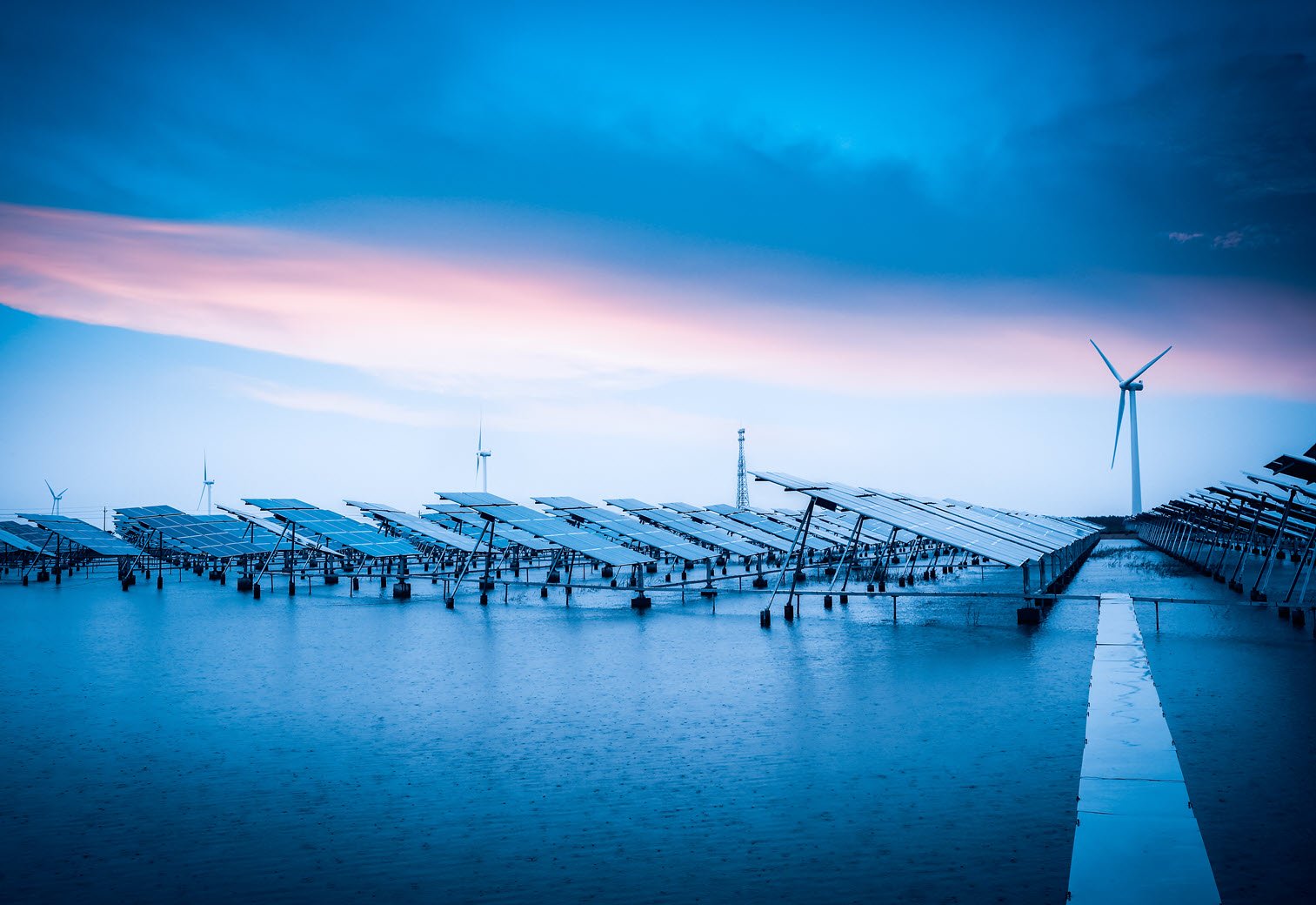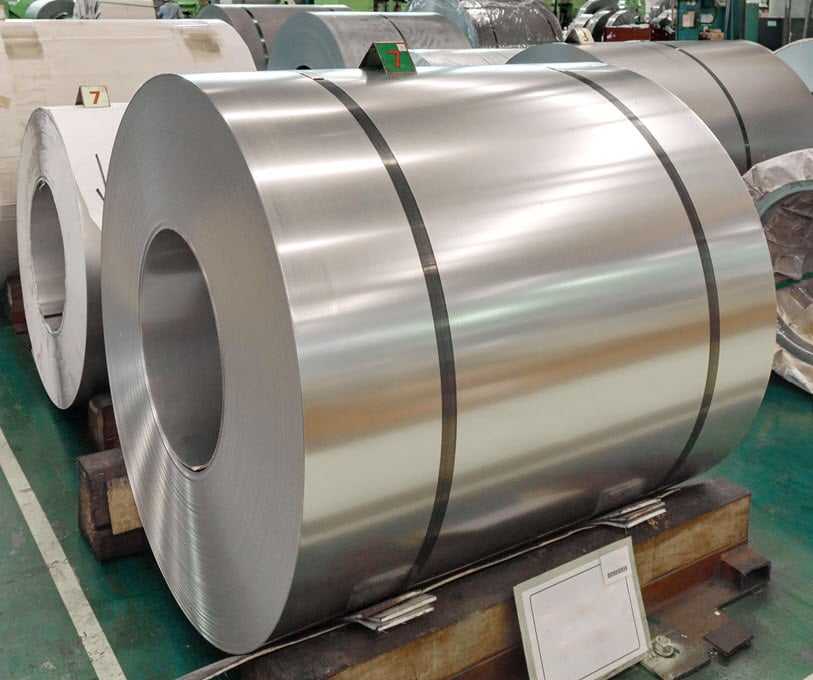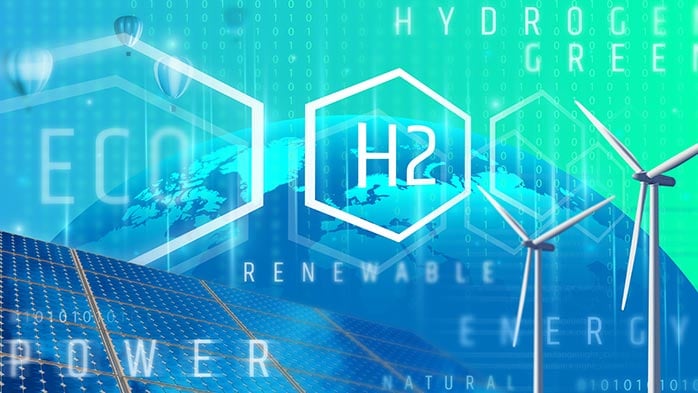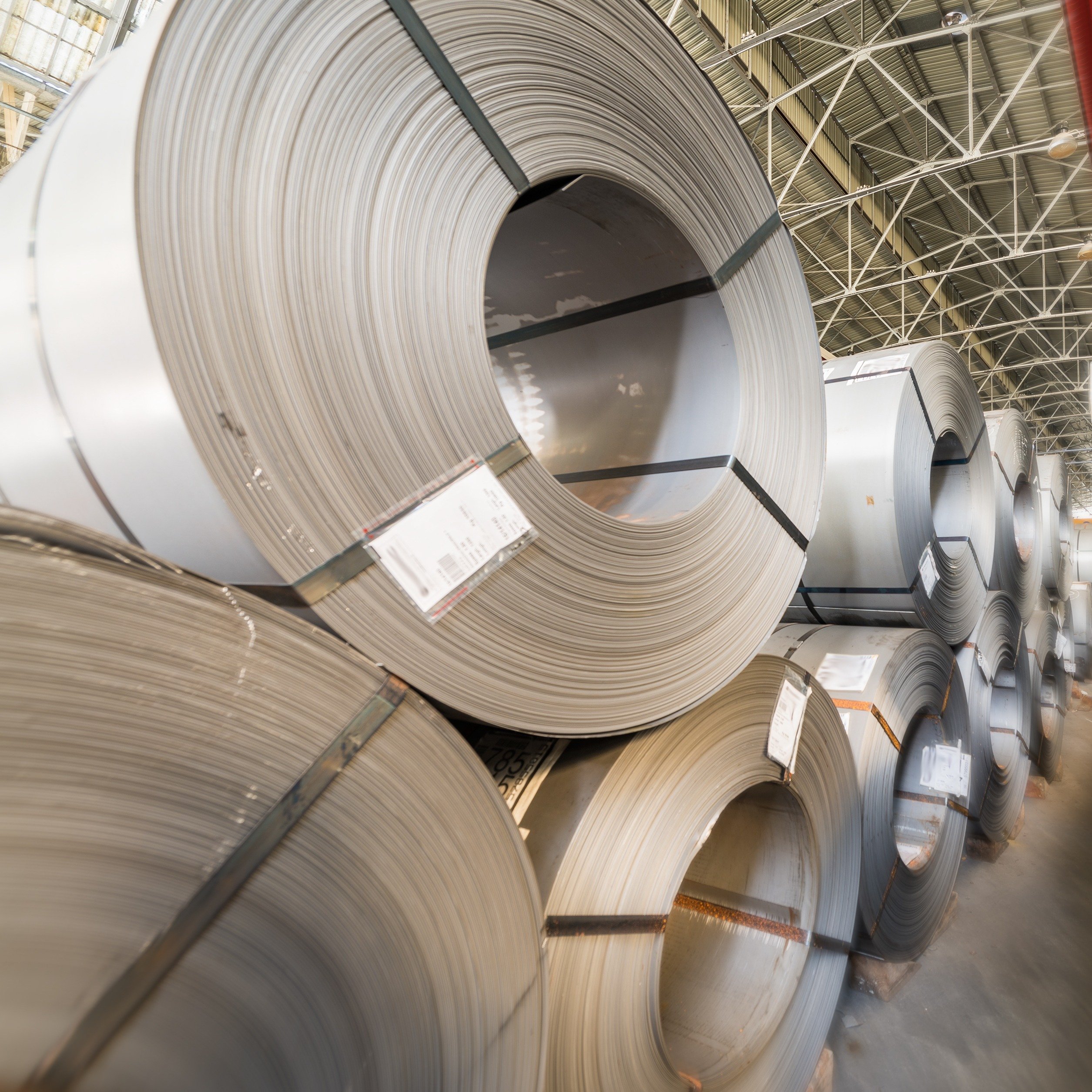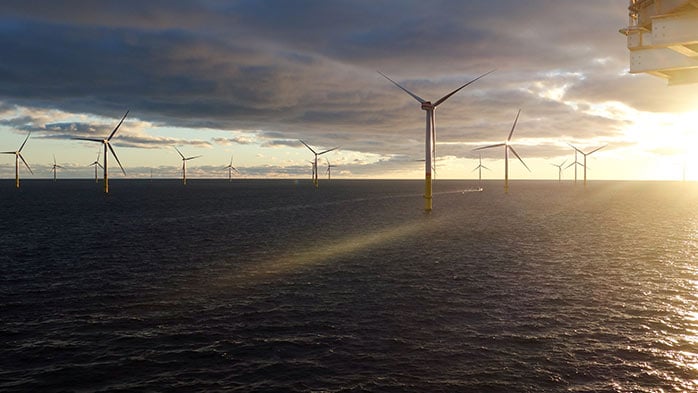|
In May, we estimated the carbon price would increase from €64 /tCO2 to ~€67 /tCO2. As anticipated based on the wind generation forecast, a decline in wind output pushed the carbon price up to our expected value. However, The US-China tariff agreement on 12 May sparked market speculation over improved trade and economic prospects. Despite weak fundamentals, speculative optimism around a potential recovery in industrial activity and energy demand pushed carbon prices from ~€69/tCO₂ to ~€72/tCO₂, where they held steady through the month-end. On 19 May the announcement that the UK CBAM will align with the EU CBAM further reinforced expectations of a unified carbon pricing system, supporting EUA prices. Expected gas-to-coal switching did not take place, as coal prices rose unexpectedly. Meanwhile, an increase in hydro output put slight downwards pressure on EUA demand and nuclear generation followed its typical seasonal downturn.
Looking ahead, the wind generation forecast suggests a recovery in output, which will reduce reliance on fossil fuels for power generation and lower EUA demand. However, if wind generation rebounds more strongly than expected, this could introduce further downside risks. Power demand is expected to remain subdued due to warmer-than-average weather and broader economic uncertainty. Falling coal prices, relative to gas, may prompt some gas-to-coal switching, but this will not significantly influence the carbon price given weak power demand overall.
Nuclear and hydro output will stay low, with minimal effect on EUA demand. Any developments in EU–US tariff negotiations in June could introduce either upside or downside risks depending on progress. However, our base case is that there will be no reported progress in June.
With these factors, we forecast the carbon price will drop in June from ~€72 /tCO₂ to ~€69 /tCO2
CRU Online subscribers can access the full report is here, otherwise please speak to our sales team to access more in-depth information from CRU.
Recovering wind output will reduce fossil power generation
Forecasts over the next ten days predict wind speeds will rise to above seasonal average levels, leading to a high and less reliance on fossil fuels. This will put downward pressure on the carbon price. There are more downside risks to our carbon price forecast if wind speeds remain at above-average levels for the whole month.
Hydro output was below the historical level in May and reservoir levels also decreased. Predictions indicate that rainfall in the coming month will be below average and, combined with low reservoir levels, we anticipate that hydro output will remain below average throughout June. As a result, hydropower will have minimal impact on EUA demand and the carbon price.
Gas-to-coal switching is expected in June
Reversed gas-to-coal switching happened in May, primarily due to rising coal prices, which were initially projected to . In June, we predict there will be a shift from using coal to using gas, as we forecast a decrease in coal prices and an increase in gas prices.This will put some upward pressure on the carbon price. There are further upside risks that gas prices might rise higher, or coal prices may drop further than expected, which may lead to an added increase in coal use with an accompanying higher demand for EUA. Low power demand continuing
Power demand was low in May even compared to April which showed poor demand from a stuttering economy (n.b. considering seasonality). Our forecast for steel profitability – a leading indicator of economic activity – has been downgraded. With warmer-than-average temperatures expected, power demand will remain low in June. This will reduce EUA demand and put downside pressure on the carbon price. There are more downside risks if temperatures are warmer than expected or the economic situation deteriorates further. Any indications of an EU-US tariff settlement in the month will affect the carbon price, adding uncertainty to the market, but our base case is that no progress will be made before July. Nuclear output will continue dropping
Nuclear output decreased in May, in line with historical precedent, and is expected to continue falling in June. With no news to suggest a different trajectory, we anticipate nuclear power will have minimal impact on the carbon price. Although the Flamanville plant is currently slated for commissioning in “the summer”, recent announcements of delays due to maintenance issues suggest it is unlikely to begin operation next month. Therefore, its impact on the carbon price in June will be minimal.
If you want to hear more about carbon market forecasts and our short-, medium- or long-term carbon price forecasts provided or to request a demo as part of CRU’s Sustainability and Emissions service, please email us at sales@crugroup.com – we’d be happy to discuss this with you. |







